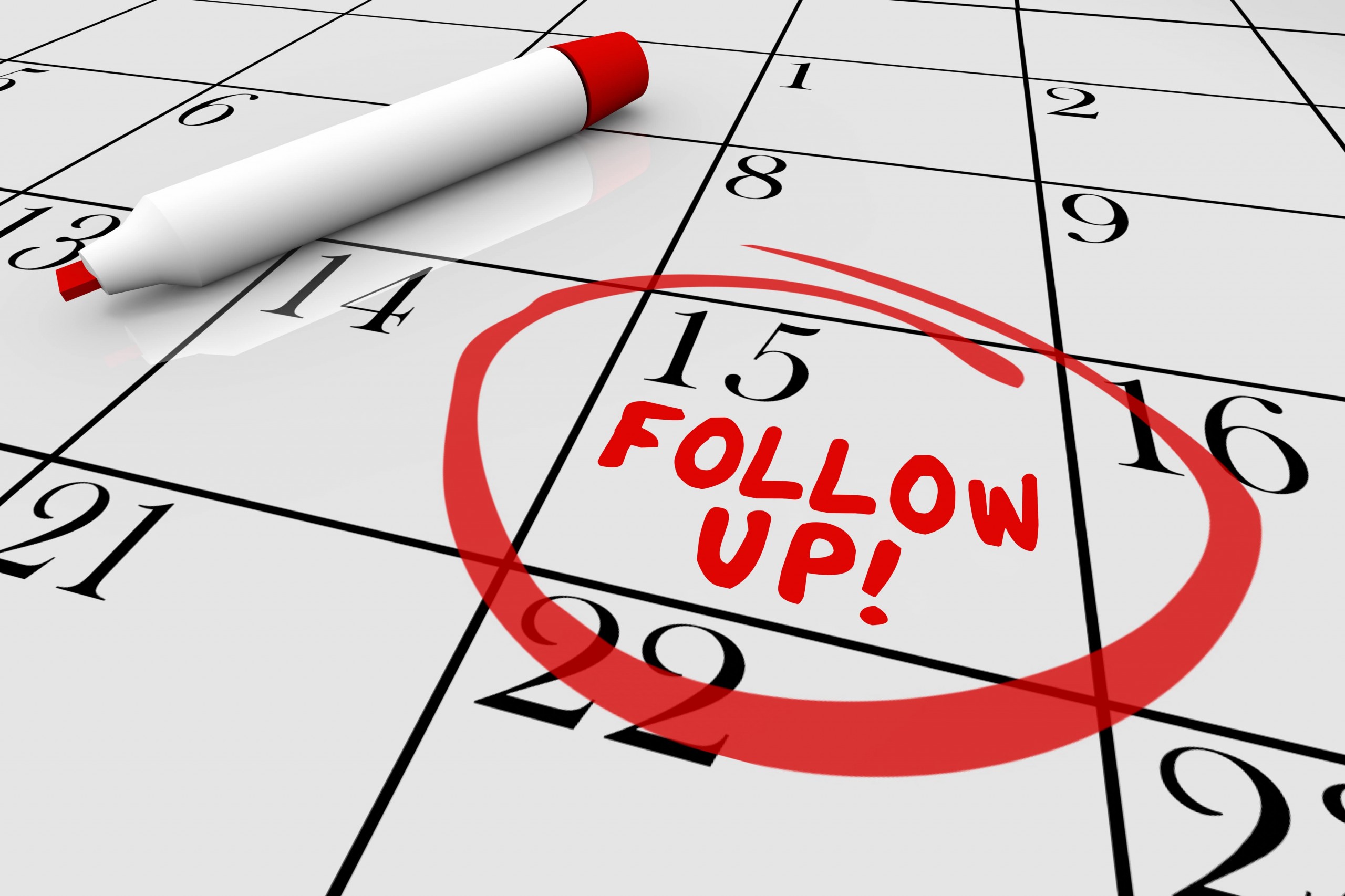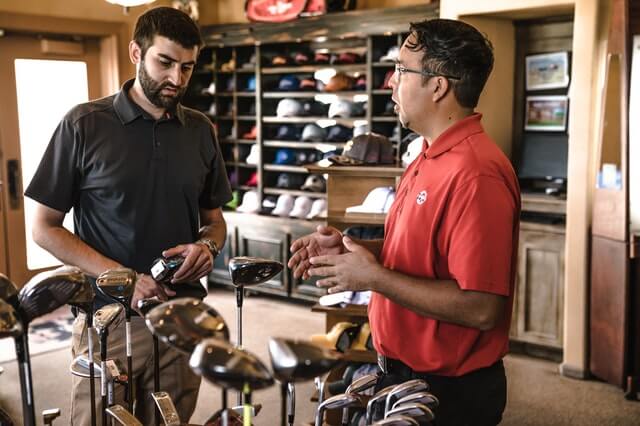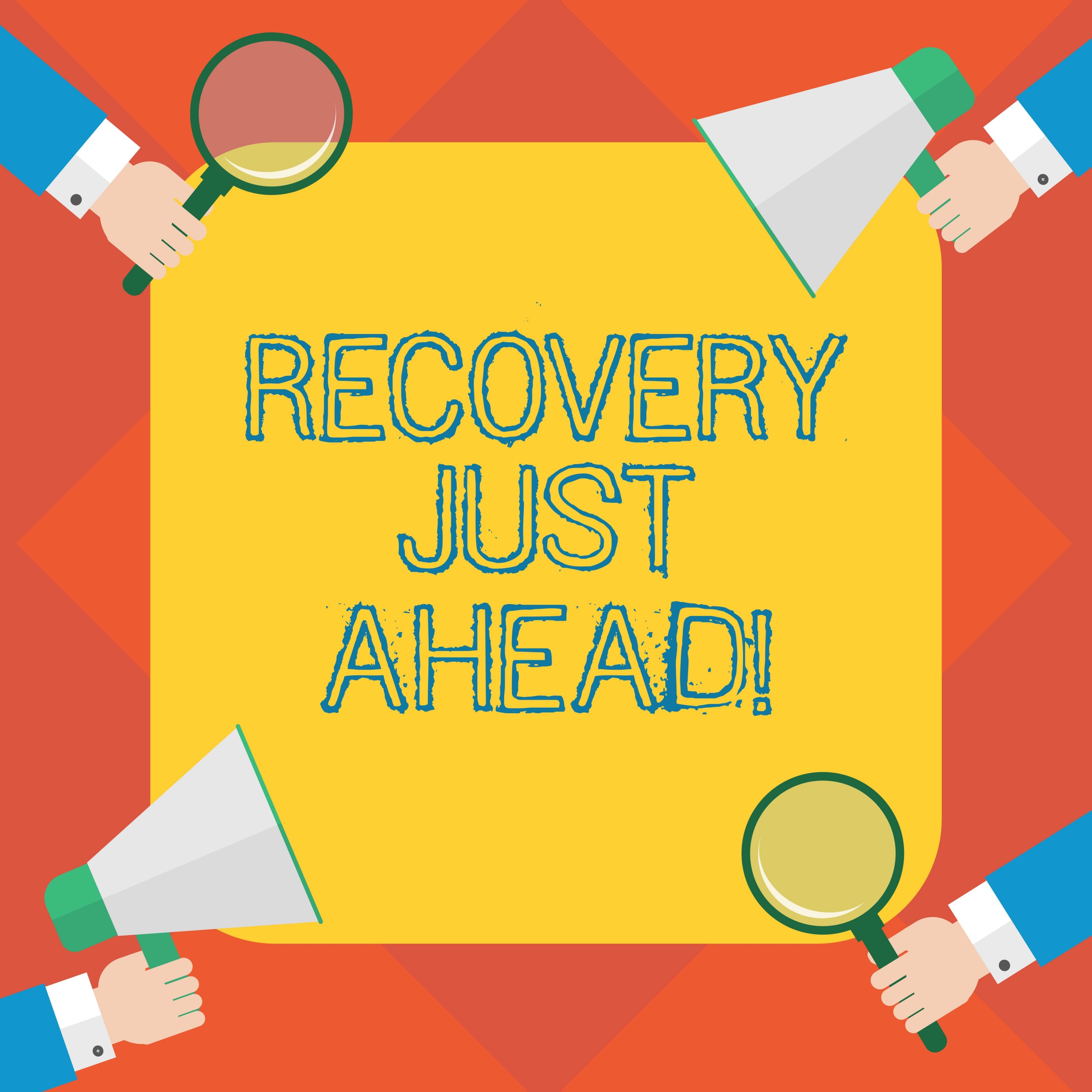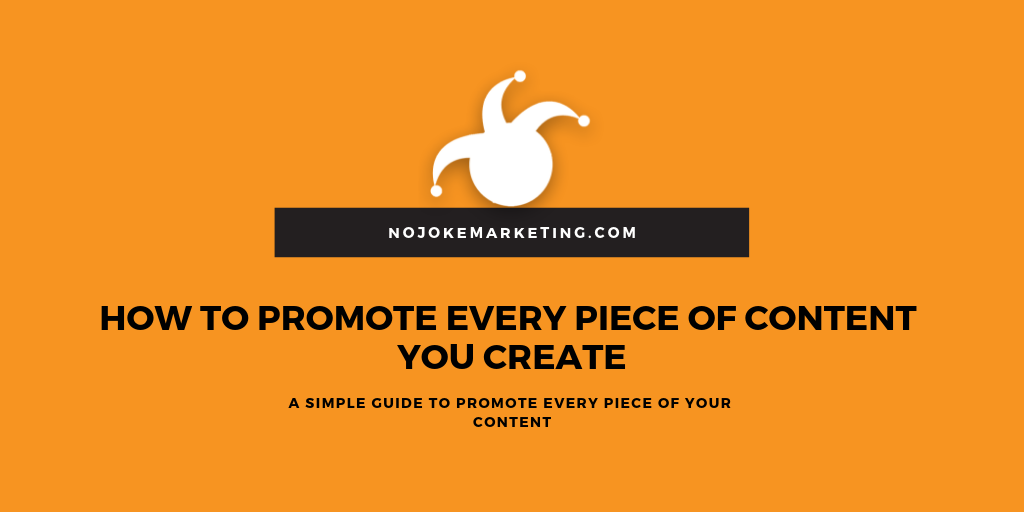Today’s topic is all about “how and when to follow up”.
One of the questions that I get asked on a regular basis is “Michael, how much follow up is too much?” or the opposite end of the spectrum, “How much follow up is not enough?”
As we talk through the content and the actions and the tactics today, the big thing that I want to point out for you is that there is a direct correlation to the speed and quantity of which you follow up.
For example, if a lead comes in and that lead could be someone that calls in and leaves a voicemail before or after hours, send in a message to Facebook Messenger, fill out a form on the website or send you a direct message on one of your social media platforms, or even live chat. Basically, you can get leads from any of the different places that your prospects and customers can communicate. Once they start raising their hand, the time clock starts. And the longer the time clock goes, the more likely you are to lose that potential or repeat customers or that new order.
There’s been a lot of different studies of how fast do people follow up. You can look at all different kinds of metrics, but typically 30% of people follow up the same day. 45% do it within 24 hours and then it goes down from there. So it’s gonna be like, 75% of people in the first 24 hours, and then after that, you’ve got about 16% that are 48 hours, 4% 72 hours, and then 5% to 6% will say, they’ll do it within the week.
Now, if I look at it and if you know that 75% of people are going to follow up in the first 24 hours, I want you to have the first-mover advantage. So not only do I want you following up on the same day, I want you to follow up as fast as possible to when that lead comes in.
Let’s say, a lead comes in at noon, I want you to have systems and processes in place so that you’re able to get notified and that you can start your follow up process.
So for example, if someone submits something to your Facebook page, you can leverage a tool called Zapier that can trigger one of a couple of things — that can trigger an email or a text message. It can even trigger a voicemail to go to you and say “hey, you have a new lead — please follow up”. So depending on the method that you tend to be glued to, which is always your cell phone, as that lead is coming and it can go to whomever on your team should be responsible for Following up.
The first thing that you want to look at is the speed of following up from that initial request. And you need to make sure that you have all of the different holes taken care of. So for example, if there are people that are sending Facebook messages, and you don’t look at those until the end of the week, but you look at emails once or twice a day, then you know that there’s a hole with Facebook Messenger. So you want to leverage software, tools, and technology to make sure that all the different methods that they could contact, you are going into one bucket, and then it’s notifying whomever to make sure that they’re able to get in touch with that lead the quickest — so, that’s step one.
Step two is the other big question is how much is too much or how much is too little? And in all candidness there really isn’t a thing of too much. Now, I’m not saying that you should be calling every 15 minutes after the lead comes in and call them 50 times on the first day. But if someone submits a lead at noon, I would expect you to try and call them as close to noon as possible. Maybe again at three and then maybe again at six o’clock before you head home for the afternoon or the evening rather. So calling three times on the first day isn’t out of the question.
However, the secret sauce is not just to rely on one method of communication. I want you to not only call three times on the first day, I want you to send a couple of emails. And I also want you if you hopefully have their cell phone I want you to send to, on the high side three text messages, on day one. And then from there, I want you to make sure that it’s built into your routine to follow up once a day with those particular tactics.
Now, a lot of times you can go down to phone and email rather than all three, but you want to look at where you think you’re going to get the best response and that really depends on the nature of your business, we’re seeing much better results with text that, again, makes the assumption that you hopefully have their cell phone number, which usually people are using for their direct lines anyways.
There really isn’t a way to be overly aggressive because even if I were to tell you that you should be calling 15 times a day, the likelihood of you actually doing and executing that are slim to none — it’s not going to happen. However, I’m typically starting to find that the tipping point is after you’ve communicated between six and 10 times. You might contradict and say, “Well, Michael, why would I have to call, email, or send a text message to someone six to 10 times just to get them to respond when they contacted me initially? It’s just the nature of human behavior. A lot of times they’re contacting multiple businesses in the same industry, and that’s where that whole first-mover advantage comes into play.
However, keep in mind that you can’t just assume that if you can’t get them on the first day or two that it’s a dead lead. Why would they take the time to fill in their contact information, if they at least didn’t have some kind of inkling of curiosity? People don’t just randomly click on things and submit their information unless it’s to enter some kind of contest. But, if they’re opting in or they’re asking for information on XYZ product or service, they’re going to have some kind of interest level. So, I want to make sure that you’re doing everything you can to get them either on the phone or to respond through text message, email, Facebook Messenger, or whatever you can do to get them to at least respond and start to engage in the conversation.
Once I’ve taken them from lead to some kind of engagement, then I really start to determine them as a workable lead. From there, I’ll start to continue to increase my follow up and make sure that I’m staying on top of those leads, like white on rice. And what you can do is you can leverage marketing technology and software tools to help automate a lot of this stuff.
There can be automated text messages that go out and automated emails and voice broadcasts. We actually built our own customer relationship management tool (CRM tool) to do all the things that we’re talking about and we use it in our business. We also use it with our clients’ businesses, because we know that life will get in the way of how much follow up you can actually execute.
If you’re doing manual follow up in tandem with marketing automation, that is when your results will really start to pivot in a positive direction. The key to a successful follow up is the speed of that first contact — the faster you get back to them, the better. The second key is contacting them six to 10 times or more, you’ve got to stay on top of them and continue to leverage multiple methods.
Get out there, improve your follow up game, and your sales will follow. Hope you enjoyed today’s episode. As always, please like it, share it, comment, leave some feedback, and send any questions that you may have. I am here to support you.









